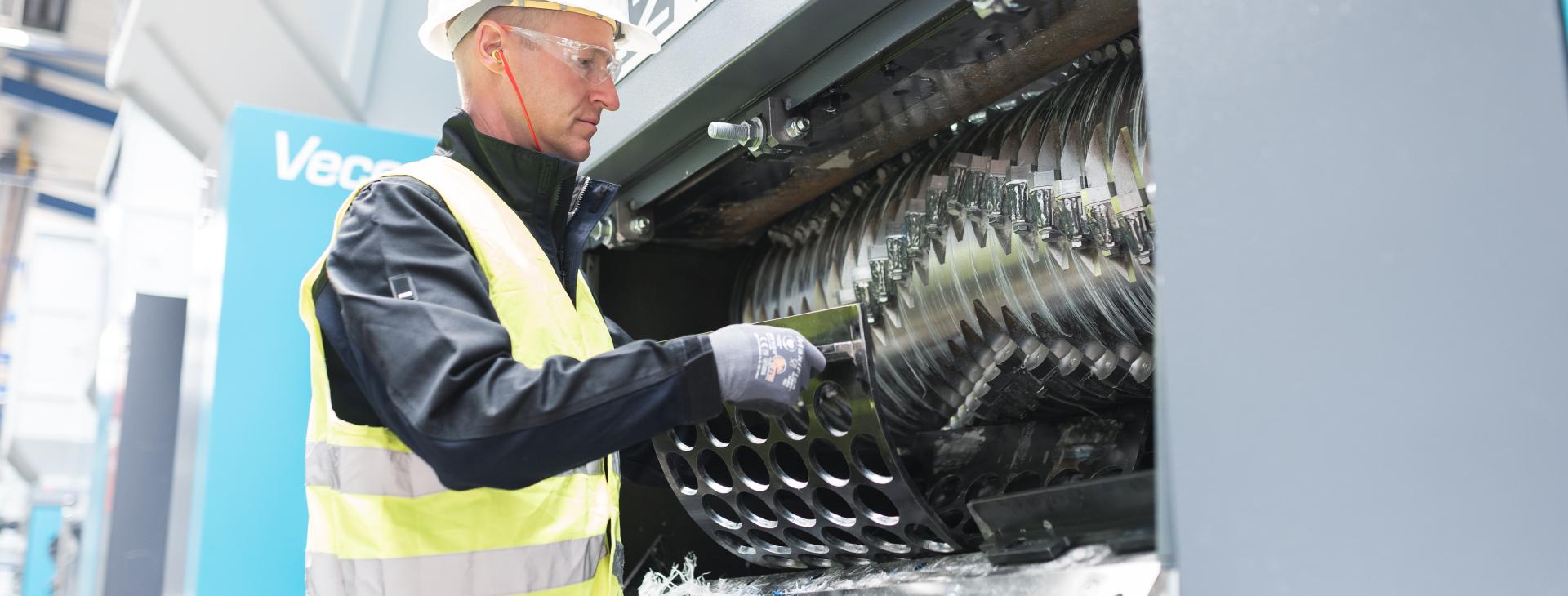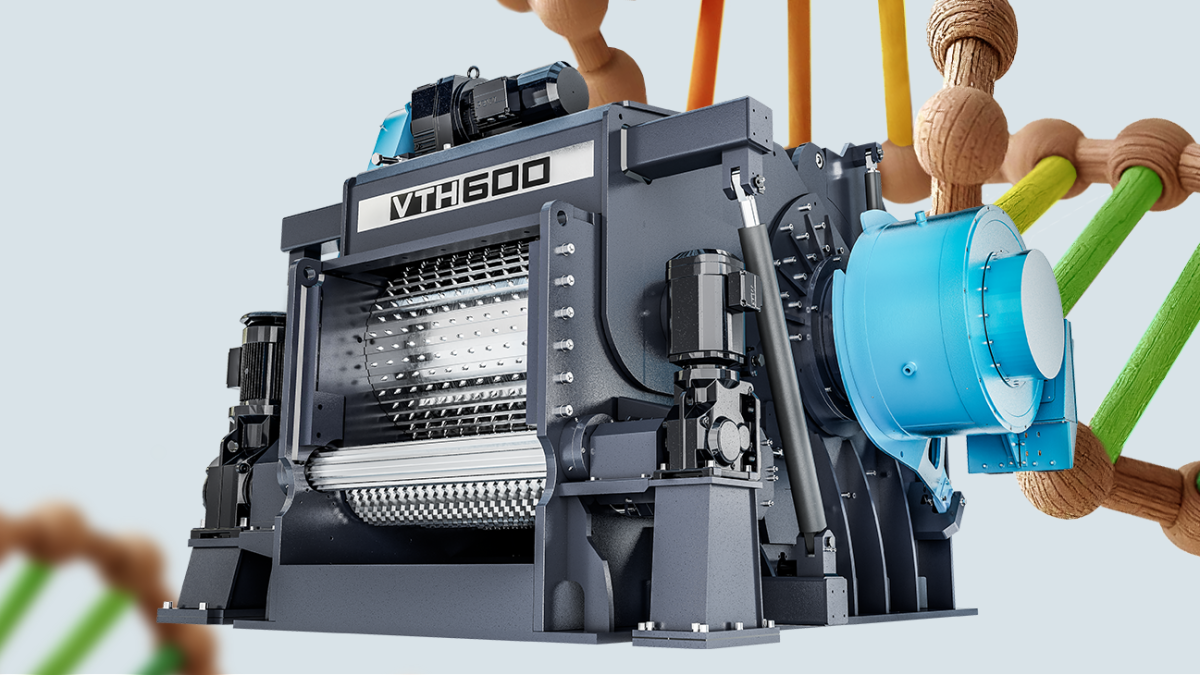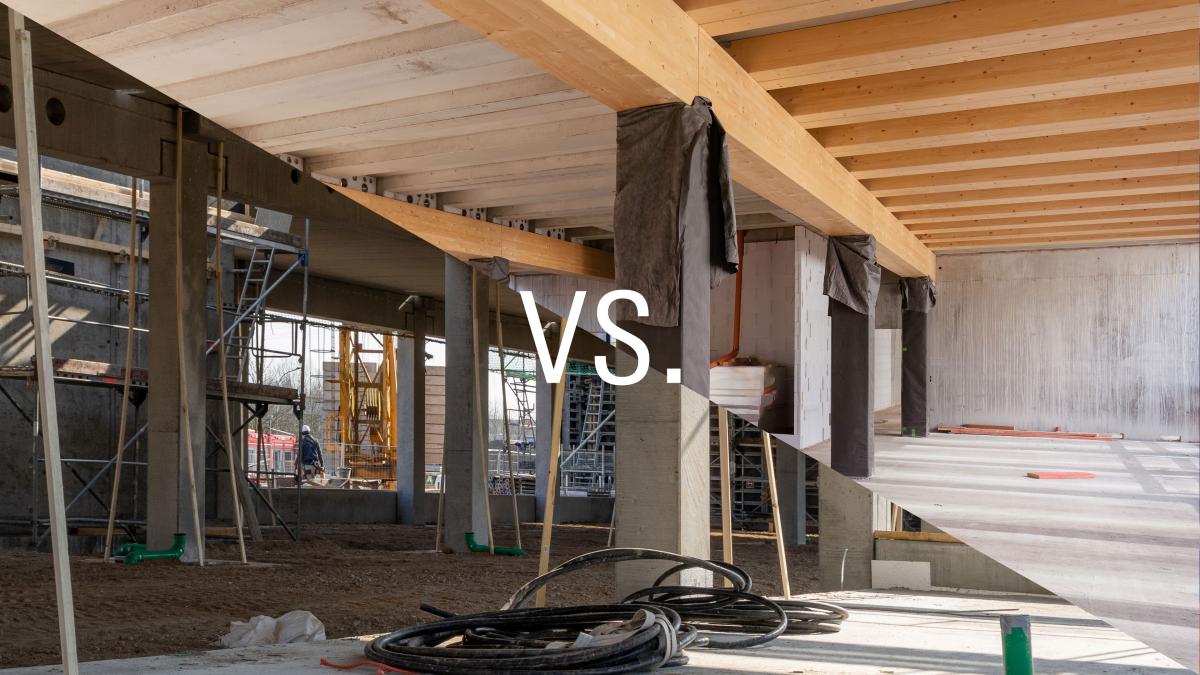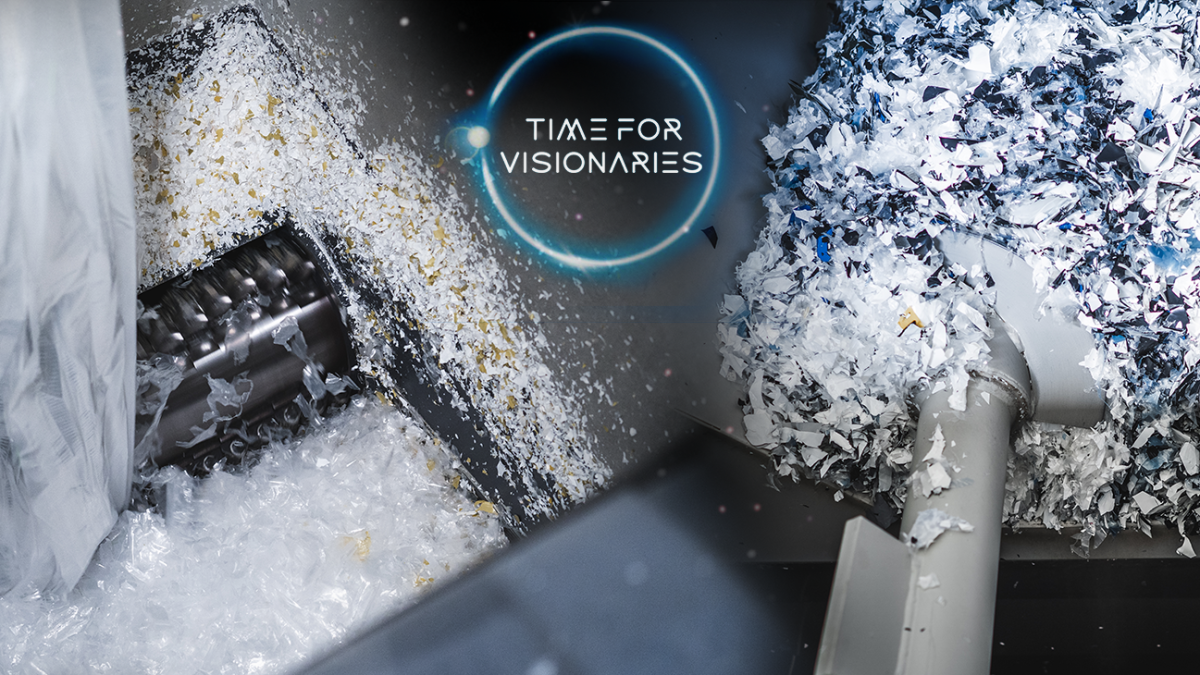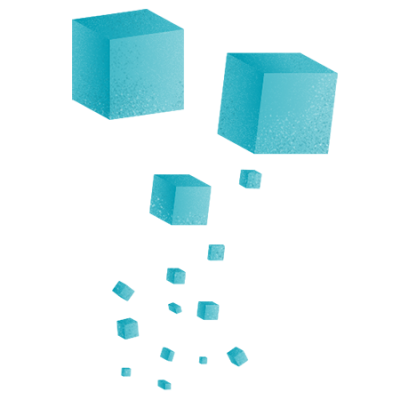Your shredder is making strange sounds
Do you hear a grinding or knocking sound? You don’t know the cause, but it sure doesn’t seem normal. Most likely, small pieces of metal or stones are caught in the rotor or counter knives of your machine. To find out, stop the shredder and switch it to service mode. This allows you to unlock and open the maintenance doors. The procedure depends on the type of your machine. For an exact description, check the operating instructions. Here it is very important to examine the condition of the shredding tools and counter knives. They might have been damaged by the foreign objects, in which case replacement will be necessary.
Your machine is reversing too often
What does it mean when your machine’s main drive frequently goes into reverse, turning first in one direction and then in the other? This is not necessarily a reason to call the service hotline. As a rule, it means that the shredding tools and counter knives are worn. Simply rotate the tools or replace them if necessary. However, depending on the model series, the rotor or cutting frame may also be showing signs of wear. Then you’ll have to check them more closely and take further action.
The bearings are very hot
Does your control panel show temperatures exceeding 80° Celsius in your shredder’s bearings? This can have several causes:
- Lubrication is insufficient. Check whether oil or grease has leaked. Replace the seals and apply new grease.
- Dirt has collected in the bearings. This causes increased friction and higher temperatures. Clean the bearings and re-grease them. Tip: Always check the bearings for errors in assembly. This too can be a reason for the high temperatures.
The rotor is blocked
Was your shredder running smoothly until the rotor suddenly came to a hard stop, causing the machine to go into fault mode? Switch it to service mode and open the maintenance door. Then follow the instructions in the operating manual. If necessary, empty the shredding chamber and remove any large pieces of metal or stones. Check the shredding tools and counter knives for damage.
If the rotor in your granulator is blocked, the cause may be different than with a shredder:
- The Vee-belt might be slipping. In this case, retighten or replace it.
- Material is being fed too fast to the machine. Reduce the speed.
- The plastic parts fed in might be too broad. Only feed material of a suitable size.
The particle size of the output material is too large
What should you do if the output of your shredder or granulator is unsatisfactory because the final particles are too large? No problem. There are some quick and simple solutions. With a shredder there are two possible causes:
- The screen perforation size is too large. Install a screen with smaller perforation.
- The shredding tool is worn, increasing the distance to the counter knife. In this case, rotate the tool or replace it. And don’t forget to correct the cutting gap if necessary.
Are the final particles from your granulator too large? The cause might be blunt cutting bars, in which case you should resharpen or replace them. However, it might also be that the knife gap is too large. Set it to the correct distance. The particle size can also be negatively affected if the temperature in the grinding chamber is too high. In this case, reduce the material feed.
Your machine is having problems with the ram
In a shredder, the hydraulically powered ram feeds material into the shredding mechanism. But what should you do if material settles under the ram? Usually this is because the seal is worn down and can no longer perform its task. Replace the scraper. Also check the guide rails and replace them if necessary.
Another problem that can arise with the ram is that it remains in the end position and does not switch back. The cause is usually the pressure switch or proximity switch. One or both might be incorrectly adjusted or defective. Check these components and replace them if necessary.
Does the ram move to the front end position and then back only briefly? Probably dirt has become jammed in the slots of the guide rails. Clean it out. Here too, the pressure switch might be incorrectly adjusted or defective. Check the pressure setting and correct it accordingly. You may have to replace the switch.
Does the ram move forward but not back, or does it not work at all? The problem is probably due to the solenoid coil or the directional control valve. Replace the faulty component.
Does the ram move to the front end position and then back only briefly? You can assume that the timing relay for short stroke is set incorrectly. Check the setting and adjust it.
And what can you do if the ram lifts? In this case, the guide rail is worn out. Empty the working chamber and replace the rail.
Here, and of course for all other questions concerning your Vecoplan systems, we will support you with our Customer Support.
